The SLR Magic 8mm F4 is a compact and lightweight ultra-wide angle lens for the Micro Four Thirds system. The lens was released in march 2017 and although it costs only 350$ it is built out of metal. The SLR Magic 8mm F4 was designed to be used with camera drones. However, in this review, I am going to check if it is also a good option for “normal” cameras.
Design and Build Quality of the SLR Magic 8mm F4
The casing of the SLR Magic 8mm F4 is made of metal. Surprisingly it only weighs about 110g (3.9 oz). This is possible because of the compact design, the lens is only about 4,1 cm long and the diameter is only about 4,7cm (1.6 x 1.8″).
The construction of the SLR Magic 8mm F4 is somewhat special. It has a 43mm filter thread and an adapter to a 52mm filter thread. However, the front lens protrudes so far, that even with the adapter ring, it is not possible to use every 52mm filter. According to SLR Magic, it was specifically designed for the SLR Magic Image Enhancer filter. A minimal distance between filter and lens guarantees optimal image quality. Some other 52mm filters fit as well. However, other 52mm filters fit but vignette heavily and some 52mm even touch the glass of the lens before they are screwed in completely and might scratch the lens! If you want to use third party lenses with the SLR Magic 8mm F4, an additional 52-58mm adapter ring might, therefore, be a good choice. (You can buy those really cheap on .)
Like all other SLR Magic lenses, the 8mm F4 is a purely manual lens. You have to set focus and aperture manually. As the lens is so compact, there is a little knob for setting the focus. This is very helpful, especially if you want to change the focus during a video recording. Additionally, the is a screw which is able to lock the focus. This is not only useful when using the lens on a drone. As the SLR Magic 8mm F4 is an ultra wide angle lens, you can set the lens to have everything from about 1 meter (about 3,5 feet) to infinity in focus and just lock the focus with the screw.
The aperture ring is very small and you have to be careful not to change aperture, when setting focus and vice versa. Nevertheless, once the focus is locked, this is not a problem anymore.
The Distance Scale – a Special Case
It is possible to quickly set the focus on the SLR Magic 8mm F4 using the distance scale. In general, it is very accurate. However, the infinity setting is confusing and might lead to some out of focus images. If you set the lens to “infinity” the image center is actually out of focus. The infinity setting for the center is basically at the “1 Meter” marking. This is not a case of bad quality control, but a conscious design choice:
To make the lens this compact, SLR Magic had to accept a strong field curvature at F/4. This means that the focus area of the image corners is much closer than that of the center. The infinity setting is infinity for the image corners.
As there are few situations where one might need sharp borders at F/4 but a soft center and the field curvature effect is basically gone if the lens is stepped down, my advice is to ignore the infinity marking and just keep in mind that the “1 meter” marking is infinity.
SLR Magic 8mm F4 Sharpness
Those are images with the focus set to practical infinity (marking “1” on the lens). These test images were shot with the 64 MP high-res mode of an Olympus OM-D E-M5II. The camera was on a tripod, the electronic shutter activated and the camera was operated via wifi.
First the image center:

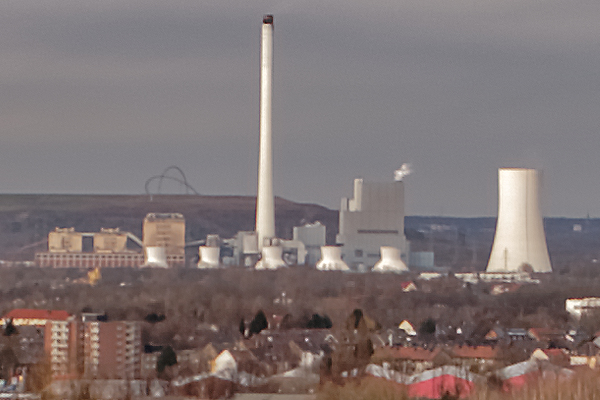
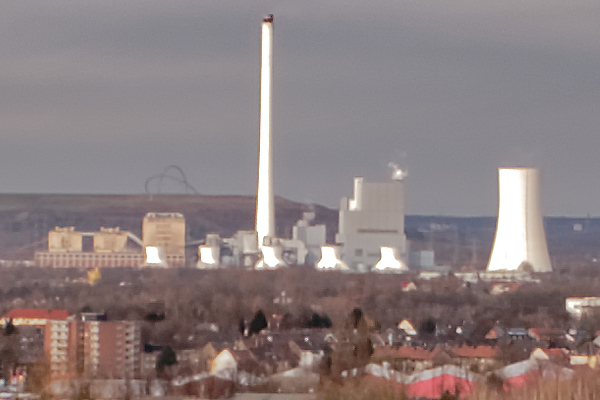
The lens is already sharp in the image center at F/4, stepping it down does not bring any improvement.
The image border:

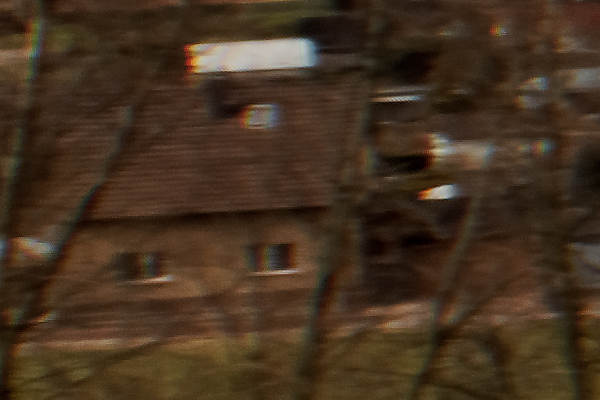
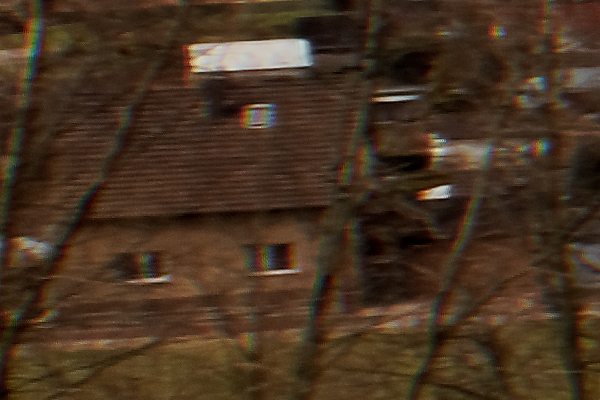
Here we can see the effect of the field curvature. At F/4 the borders are out of focus and very soft. Stepping down to F/5.6 improves them greatly and they are best at F/8. (Smaller apertures are not advisable on Micro Four Thirds camera due to diffraction.)
Is the SLR Magic 8mm F4 unusable at F/4?
Does this mean the SLR Magic 8mm F4 should be considered a F/5.6 lens and the F/4 never be used? Well, it is not that bad. Depending on your subject the field curvature might be more or less noticeable and sometimes corner to corner sharpness is not needed. Here an example of a F/4 image.
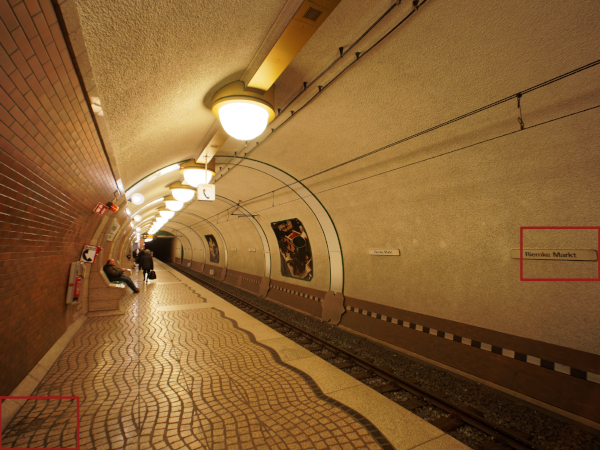
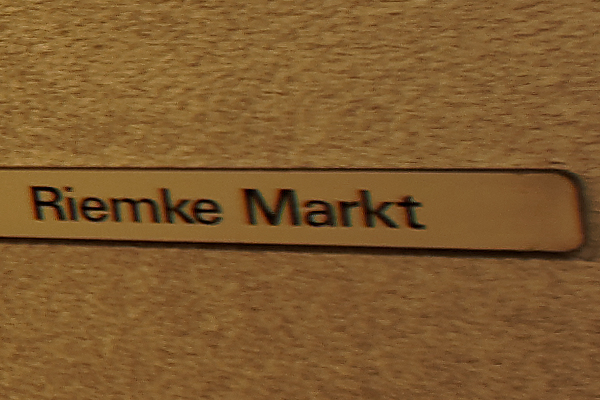
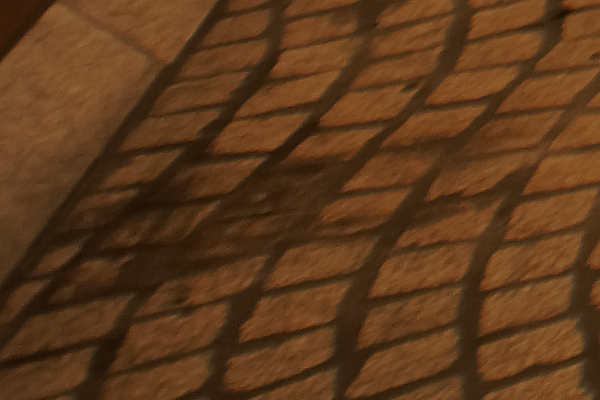
Macro and Bokeh
Of course, the SLR Magic 8mm F4 is not a macro lens. Nevertheless, thanks to its close focus distance of only 10 cm some interesting perspectives are possible. In such cases, a little amount of background blur is even possible.

Vignetting and Distortion
At F/4 the SLR Magic 8mm F4 has visible vignetting. Stepped down it disappears and this is something that is easily corrected or added with almost every image editing software.
There is some barrel distortion, nevertheless, it is low for such a wide angle lens. Again this is something that is easily corrected.
The SLR Magic 8mm F4 and Flares
Compared to some other lenses flares are well controlled. That being said, if the sun is inside your image, you will most likely catch flares, that have a very distinct characteristic. Here is an extreme example:

Chromatic Aberrations
A problem of the SLR Magic 8mm F4 are chromatic aberrations (a color fringe at high contrast borders). Especially at F/8, they are clearly noticeable. Many raw converters reduce them automatically and offer tools to remove them completely, but one has to invest a bit of time to do that.
The left side is an out of camera jpeg, the right side is developed from the raw file with CA correction.
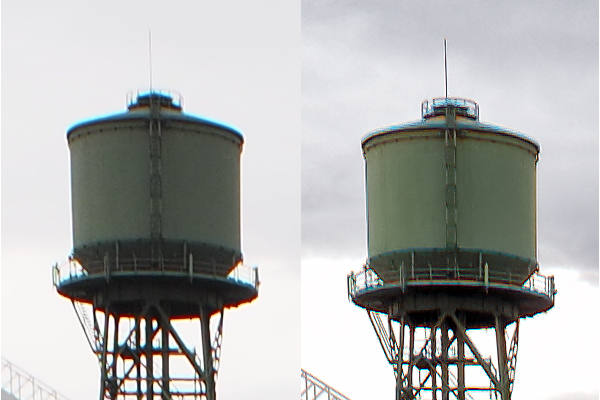
The SLR Magic 8mm F4 as a Video Lens
I shoot a little sample movie, to demonstrate the capabilities of the SLR Magic 8mm F4 as a video lens.
SLR Magic 8mm F4 – Conclusion
Is the SLR Magic 8mm F4 able to compete with a lens like the Olympus M.Zuiko 7-14mm F2.8? Of course not. But this is an unfair comparison. The SLR Magic 8mm F4 is the smallest, lightest and cheapest ultra wide-angle lens for the Micro Four Thirds system. The most likely alternative (at the time this review is written) is the Olympus M.Zuiko 9-18mm F4-5.6.
The advantages of the Olympus 9-18mm are a more uniform sharpness wide open, a better control of CAs and the autofocus. In my opinion, the latter is not important for an ultra wide angle lens. Except for close ups you do not need to focus with the SLR Magic 8mm F4.
The advantages of the SLR Magic 8mm F4 are: 1. It is wider. (8mm vs 9mm). 2. It is more compact (almost 1 cm shorter and thinner) and lighter (about 110g vs 150g). 3. It can focus a lot closer (10cm vs. 25cm). 4. Last but not least, it is more affordable (350 $ vs. a street price of about 550 $).
The SLR Magic 8mm F4 is a good choice either if you want your gear to be as small and lightweight as possible or if you are looking for an affordable ultra wide angle. Yes, other ultra wide angle lenses for Micro Four Thirds are optically better, but they are more expensive, heavier and bigger and if you step the SLR Magic 8mm F4 down to F/8 it takes surprisingly good images!
The SLR Magic 8mm F4 is available via and hopefully soon via Amazon.com and Amazon.co.uk.
The Olympus M.Zuiko 9-18mm F/4-5.6 is available at amazon.com and amazon.co.uk and sometimes you can get used copies really cheap .
More Sample Images
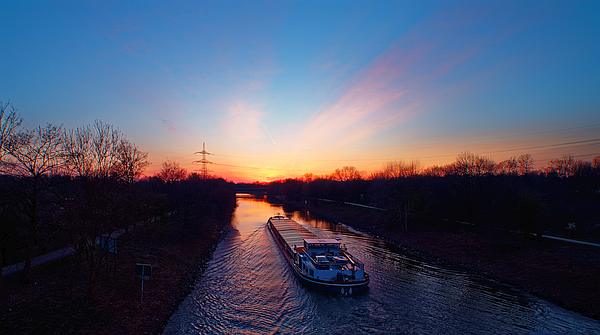



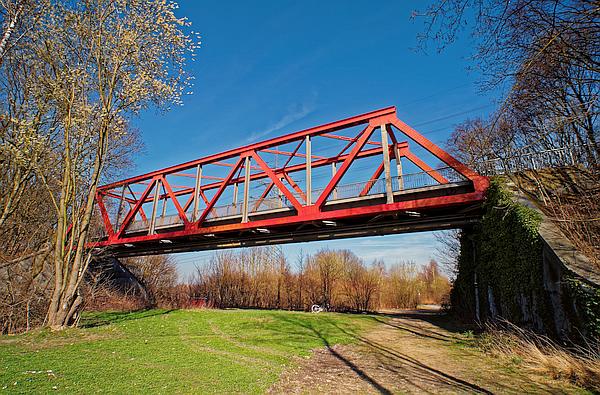


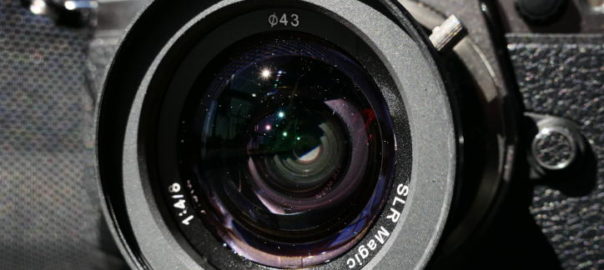
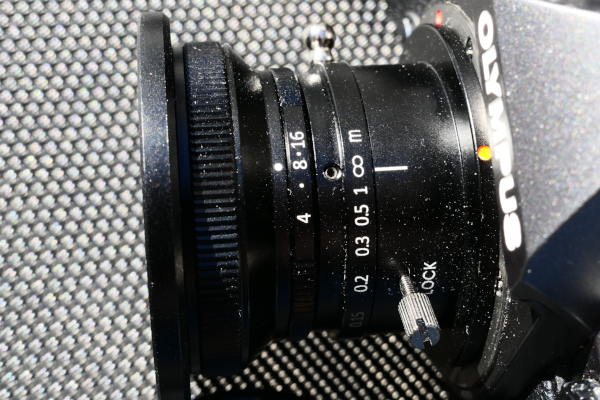

Good review!